TIPS WHEN CHILDREN HAVE EATING DIFFICULTIES
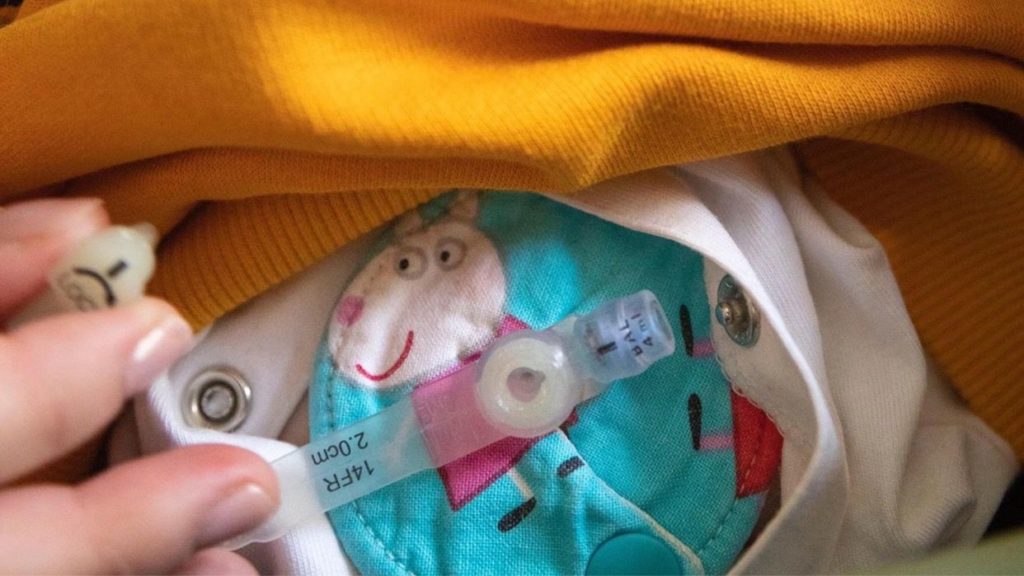
Nutritional problems are something that all children can have, but are particularly prevalent among disabled and sick children. Many diagnoses, conditions and diseases lead to refusal to eat, poor nutrient absorption and other nutritional challenges. Refusal to eat can come in many different forms, and the degree of severity varies greatly. For children with severe refusal to eat, it is often necessary to operate on a gastrostomy (button), but for those with milder refusal to eat, a short period of nasogastric tube can be sufficient. Fortunately, there is help to be had!
Refusal to eat can be divided into 3 main categories:
- Children who eat too little, who have difficulties with appetite regulation, who refuse to eat.
- Children who have difficulty eating food with the consistency expected for their age, most often associated with delayed or abnormal eating development, motor and sensory difficulties, dysphagia.
- Children who are persistent and more than usual picky eaters, with a narrow, selective diet.
Refusal to eat can often require professional follow-up and help from a nutritionist, speech therapist or a so-called "eating team". This is a group of specialists from various fields who come together to help the child overcome the eating problem.
The child can be referred to a nutritionist or speech therapist by a doctor if you suspect that your child has a refusal to eat. Ask for help!
There are also many measures you can take at home to improve your refusal to eat, and here are the Løvemammaeneen's best tips:
- Make it pleasant around the table (cover nicely, light candles, etc.)
- Always eat with the child
- Do not force food into the child's mouth
- The iPad is allowed at the table if it has a positive effect on eating
- Let the child chew with the food (sensory)
- Eating with your hands is only positive
- Talk naturally positively about the food when you eat (don't exaggerate)
- Feel free to play food games when you eat (play with the food)
- Make the food exciting (smiley faces, "towers", shapes, etc.)
- Use fun/cool tools (see suggestions below)
- Place a little food at a time in front of the child, not too much (perceived as prohibitive)
- Let the child have the opportunity to ask for more food himself
- Give tube feeding after the meal/eating training, so the child feels hungry
- And perhaps most importantly: BE PATIENT even if it is difficult!
Which types of food are fine for children with food refusal (can vary individually):
For beginners
- Liquid consistencies such as yoghurt, thin porridge, sauce etc.
- Mild flavors in small quantities
- Avoid doughy food such as yeast baked goods, this often becomes too heavy to chew and swallow
- We recommend kavring, crisp bread, dry biscuits, cheese pops, crisps, french fries etc. instead of bread food
- Certain types of fruit such as apple (without skin), berries, rice and pasta can be suitable if you want to challenge the child further
- A small shot glass can be easier to drink from than a large glass! This also gives a feeling of mastery as it is more manageable to drink small amounts at a time.
There is no such thing as a healthy diet and table manners when you have a child with food refusal! Let the child eat what he wants, when he wants, where he wants! It's about creating food enjoyment! Cheese pops for breakfast? Of course! The most important thing is that they eat, not what they eat! This is where a nasal tube or button comes in as a life-saving angel, as you can make sure that the child gets the nutrition it needs, without stressing about what they eat by mouth. Most of us in Løvemammaene who have babies with a button experienced a great relief and much less stress in connection with meals when the button was in place. This is both better for parents/guardians and for the children. We love the button!
PS! For those of you who do not have children with food refusal:
NO - children with food refusal do not necessarily eat when they are hungry
YES - the parents have most likely tried everything, so be careful when commenting
NO - it is not the result of bad upbringing
YES - it can be done, but it does not help the situation here and now
If you have to say something - show compassion and recognize that it can be incredibly difficult to have a child with food refusal. For parents/guardians, it can be a great sadness that the child cannot eat, so tread carefully and be understanding.
And finally – YES - the button can be removed, and the hole will heal again, if the child learns to eat by himself! Some people want a button for their whole life, some only need it for short periods! And this is completely normal. The most important thing is that the child gets the nutrition it needs to grow and develop!
Read more about gastrostomy (button) here.
User organization: The Knappenforeningen
How to make homemade tube food?
We have collected recipes that we in Løvemammaene use ourselves here.
Products for eating training and oral motor skills:
(click on the pictures to get to the online store)
Talk tools

Cool cutlery from Coolstuff:

Cool plate from Coolstuff:
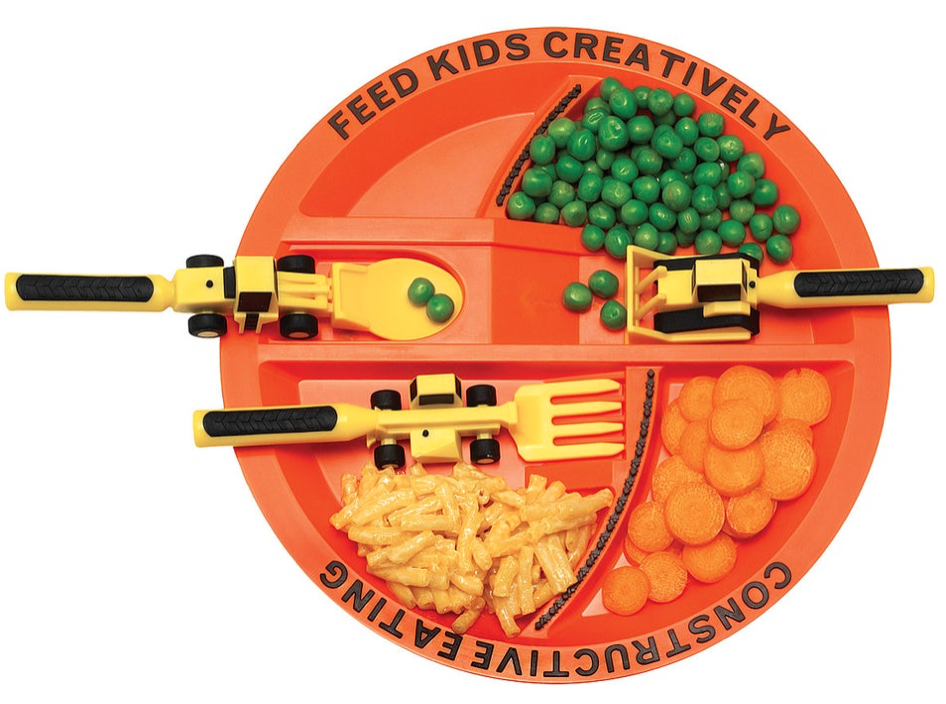
Flashing glasses in different sizes from Coolstuff:

Chewing jewelery from Amajo:
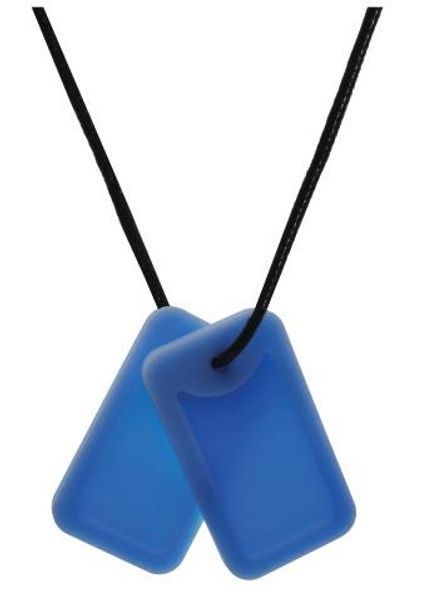
Child-friendly book from the Knappenforeningen, "This is how I eat":
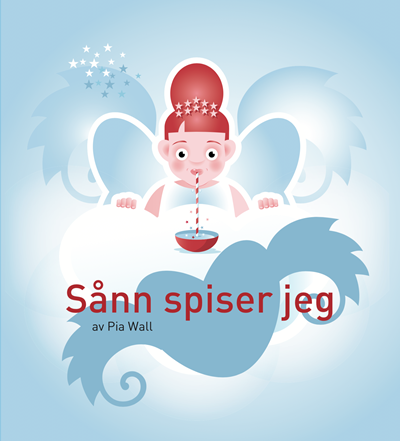
Small drinking glasses from IKEA:

The plate with divisions for children who don't like to mix food, from Princess Interiør:
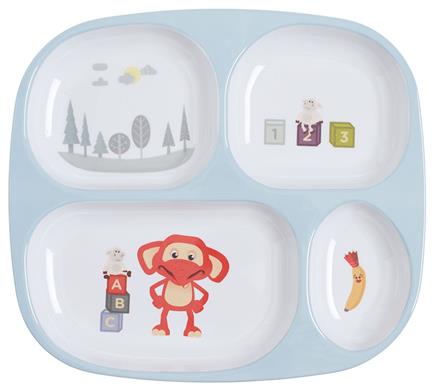
Chewing tubes from Amajo:
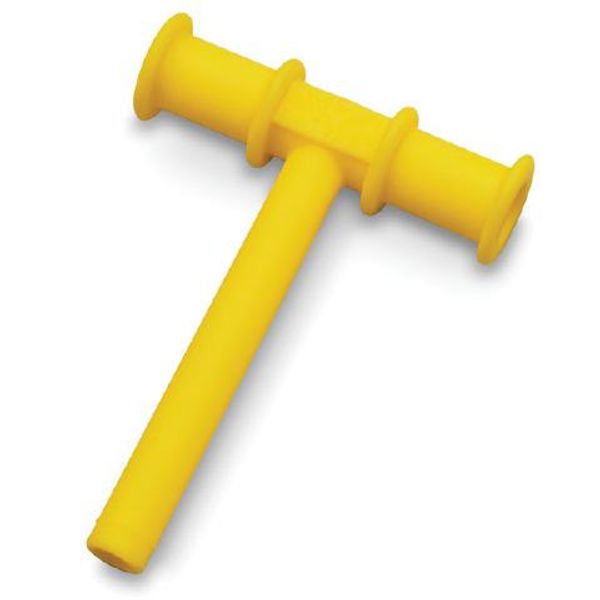
Matro game:
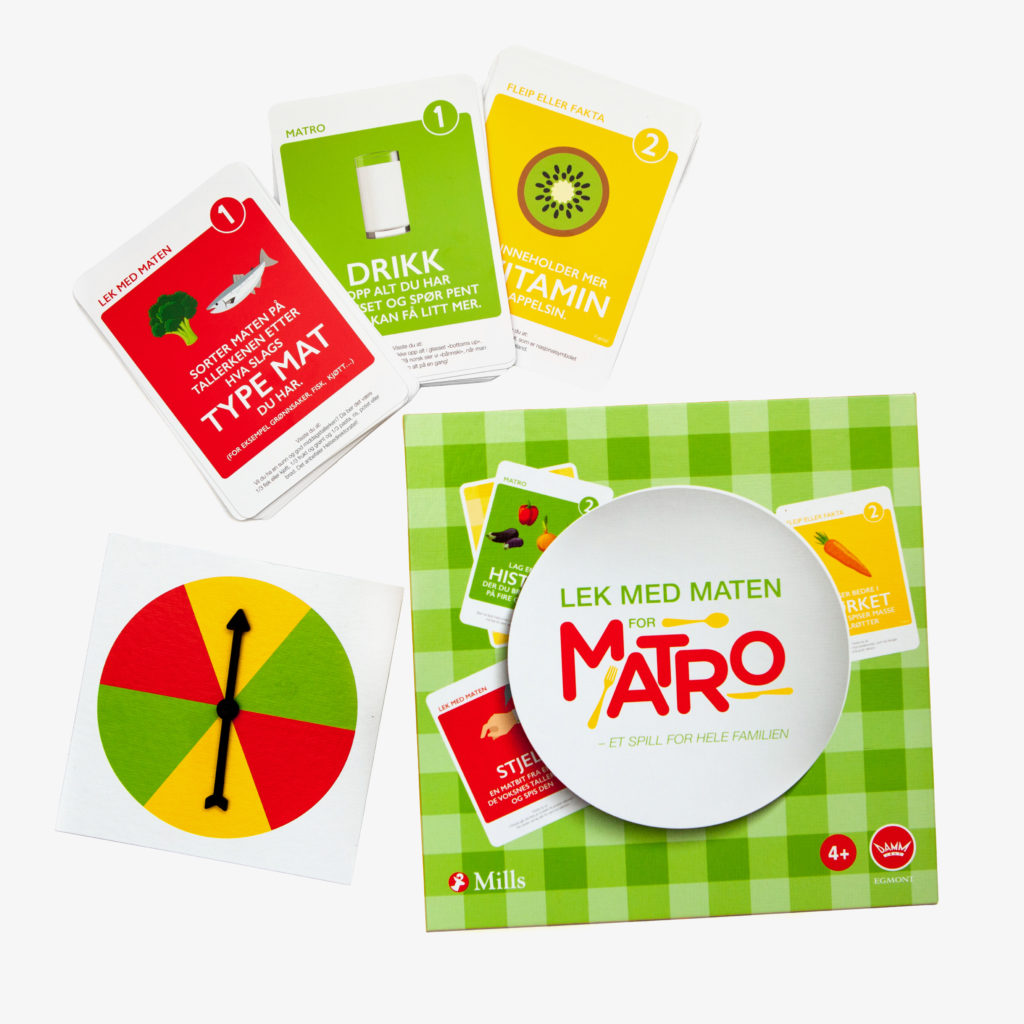
Bubble fish from Amajo:
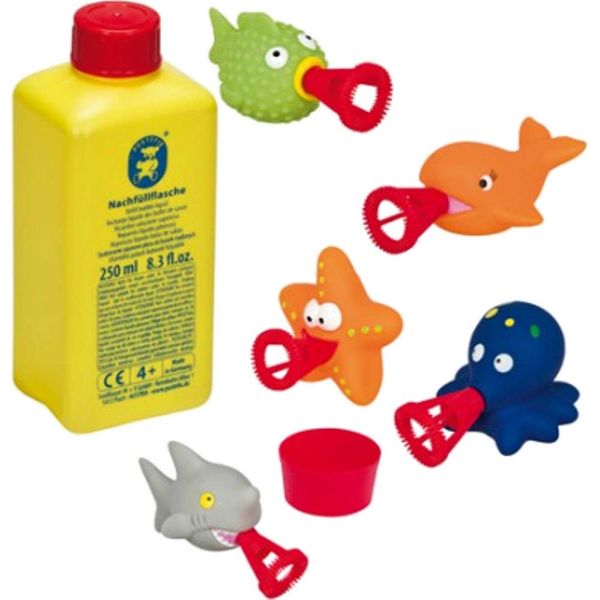
Book about eating disorders, from the Knappenforeningen:

- SUBJECTS: Current affairs, Lion mother tips
- Published:
- The lion mothers
- SUBJECTS: Current affairs, Lion mother tips
- Published:
- The lion mothers